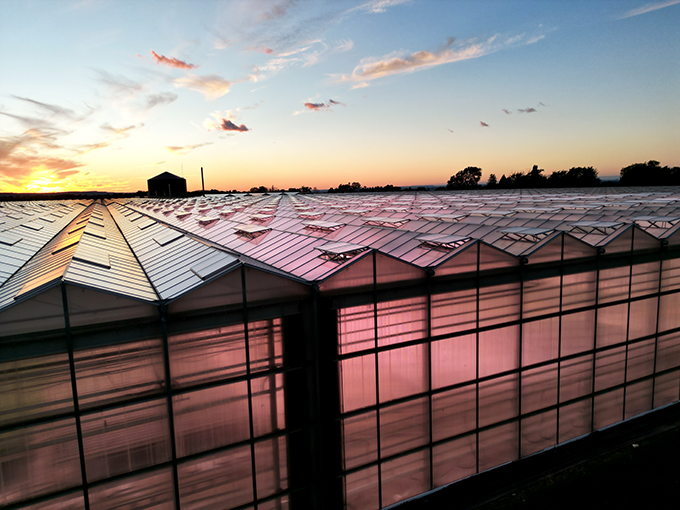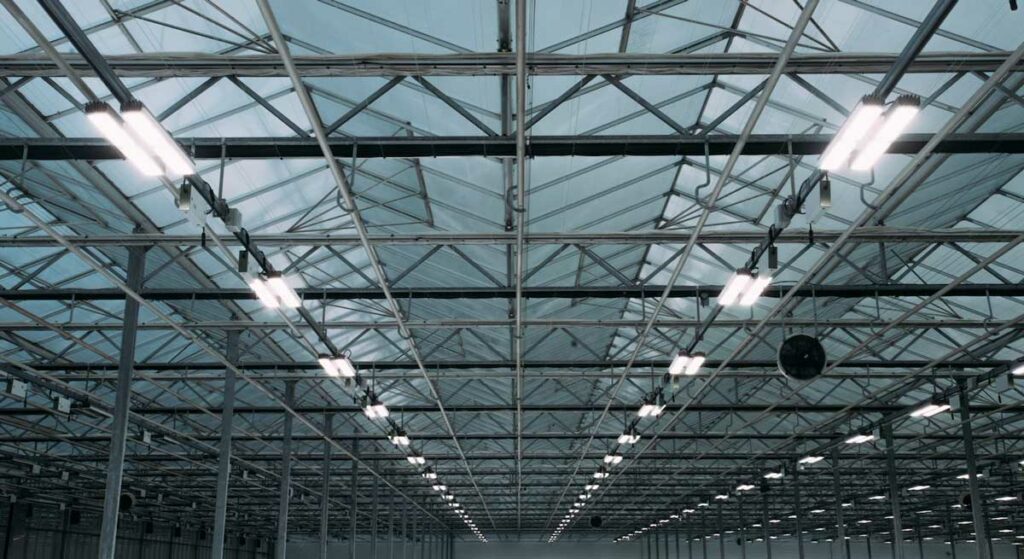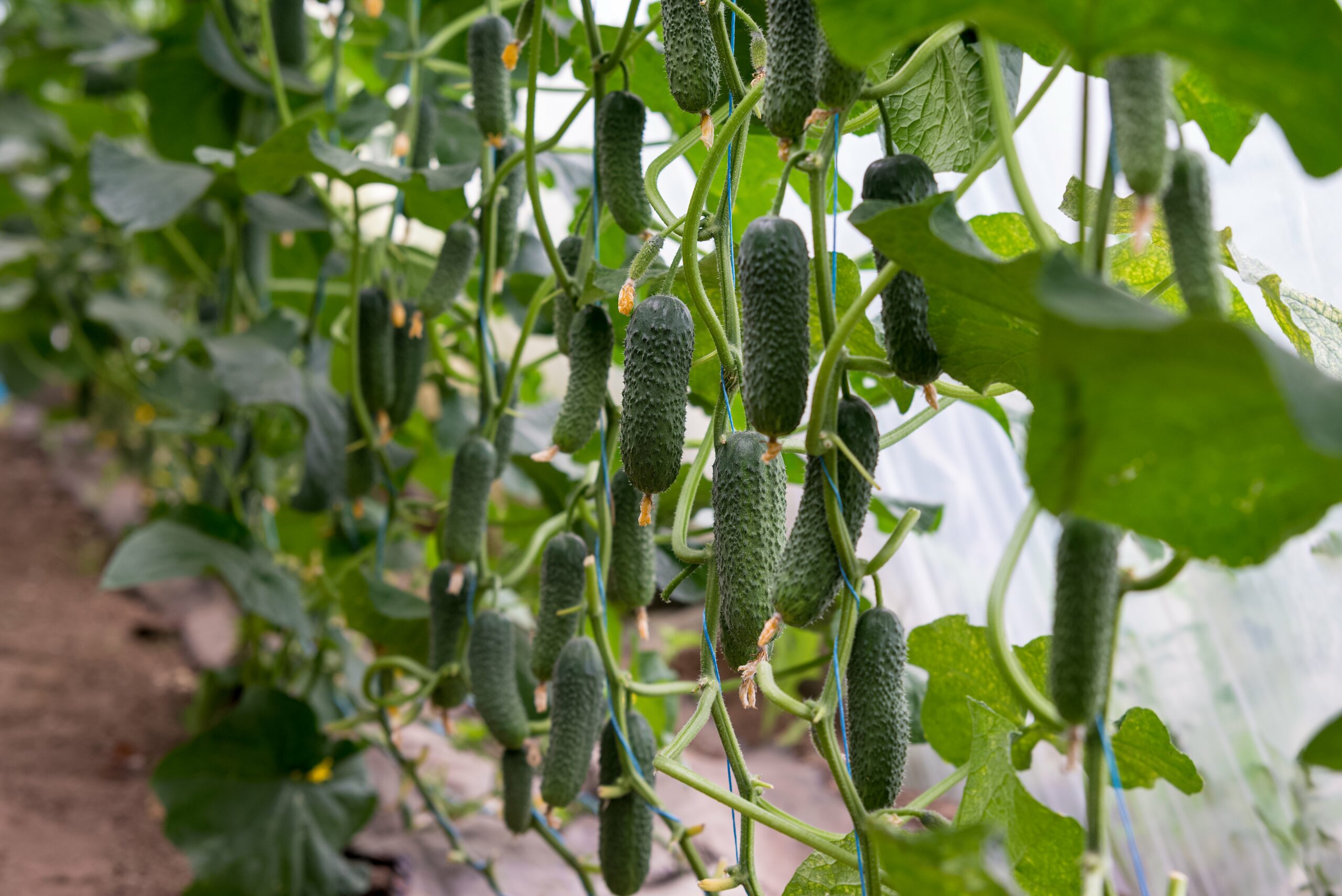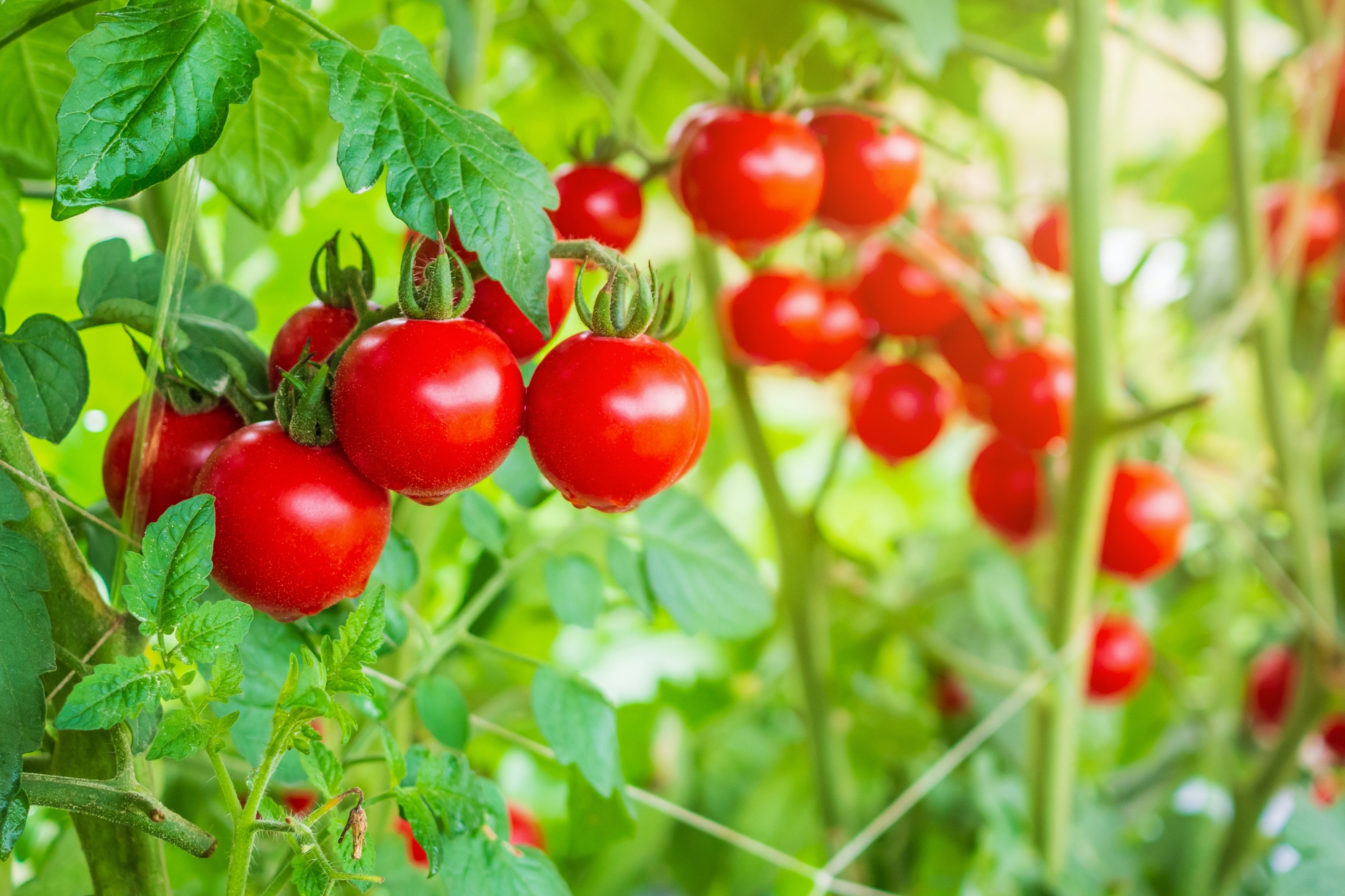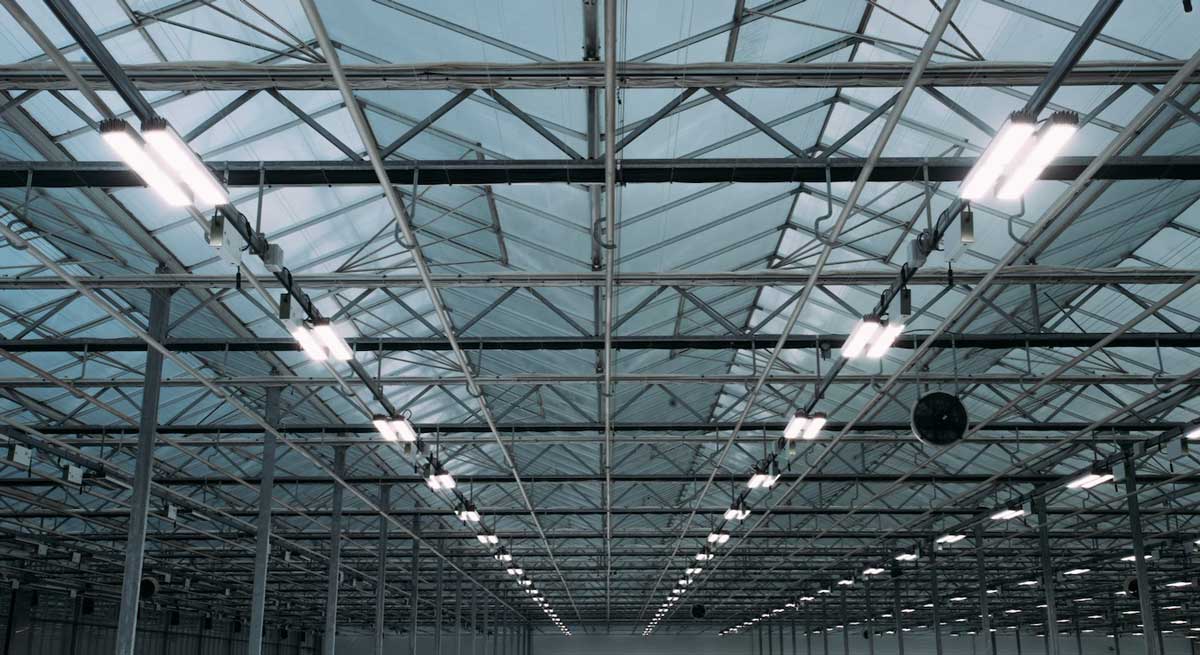Research
Articles
Across North America, governments and utilities are offering generous LED rebates and incentives to growers who implement energy-efficient lighting. But time is of the essence. As LEDs become the new normal for horticulture, there will be fewer reasons to provide incentives to switch.
LEDs are receiving wide support from energy makers. It is less costly to save energy than to build infrastructure, and energy conservation is better for everyone.
Direct Savings
So why make the switch now? In addition to the LED rebates and incentives currently on offer, by switching to LEDs you will also see direct savings. LED lights are more efficient than traditional High-Pressure Sodium (HPS) and Metal Halide (MH). They use less wattage to produce a higher or similar amount of light.
HPS and MH lamps pull energy from the light and the ballast, so 1000W lamps are actually pulling close to 1100W. LED lights, on the other hand, use only the wattage of the light itself. Waiting to switch to LEDs will only continue to bring you bloated energy bills.
Indirect Savings
A large portion of the energy consumed by HPS and MH lights goes to heat radiation – infrared photons that are not photosynthetically active. These photons can overheat the plants and the space around them. Fans and HVAC units are then required to counteract this additional heat. This stress on your HVAC will drive up electricity costs. (If your facility requires heat, a heating system that turns on and off, without doing the same to your lights, is much more efficient.)
The lower heat output of LEDs means the HVAC system doesn’t need to work as hard, or as often. The plants also transpire less and so require less dehumidification.
While indirect energy savings using LEDs come primarily from lower HVAC needs, it’s important to look at all savings from your entire system when calculating ROI.
Rebates & Incentives
While abundant rebates and incentives are available across NorthAmerica, applying for them takes planning. Additionally, many offers are for a limited time, so it’s important to begin the process as soon as possible.
You might be pleasantly surprised. Rebates per fixture can be in the $200-$350 range, and incentives can cover 25-50% of a new technology purchase and up to 100% of a retrofit. While investigating your options, remember some rebates and incentives cover not just the lights, but also the LED lighting controls, which can ensure you optimize your crops and energy usage all in one go.
ROI Saving from LED Lighting Includes:
- Lower maintenance costs – LEDs don’t need to be removed for servicing/cleaning, and most diodes are rated for 50,000 hours of lifetime.
- Fewer consumables used – LEDs don’t require bulb, ballast or driver replacements.
- Less water used – Plants don’t transpire as much and evaporation of the soil or medium is reduced.
- Lower cooling demand – LEDs radiate very little heat, so energy isn’t wasted on cooling the space and plants.
- Reduced infrastructure needs – LEDs can be placed close to plants, so infrastructure can be smaller and more economical.
LED Rebates Won’t Last Forever – The Time to Switch is Now
A wait-and-see approach is no longer prudent. As indoor agriculture markets mature, LEDs will become the new status quo and rebates will likely disappear. This is already happening in some states. Massachusetts and Illinois have adopted LEDs as their baseline for energy codes, and Michigan, Oregon, California and Washington are seriously considering it. For now, growers in most states and provinces have access to generous rebates and incentives, but there’s no guarantee how long they will last. Ask yourself – what are you waiting for?
LEDs earn their keep quickly due to energy savings. When you add rebates and incentives to the mix, this can really shorten your payback period – often to within year one. Increasing your energy efficiency and reducing your costs can improve your competitiveness in the marketplace and boost your bottom line.
How can Heliospectra help? We can provide you with the light plan. You’ll need one to apply for incentives and demonstrate how LED lights will save you money.
Wondering if you quality for LED rebates and incentives?
Our comprehensive guide for Canada include even more information on rebates and incentives, along with helpful tips, advice and links for applying.
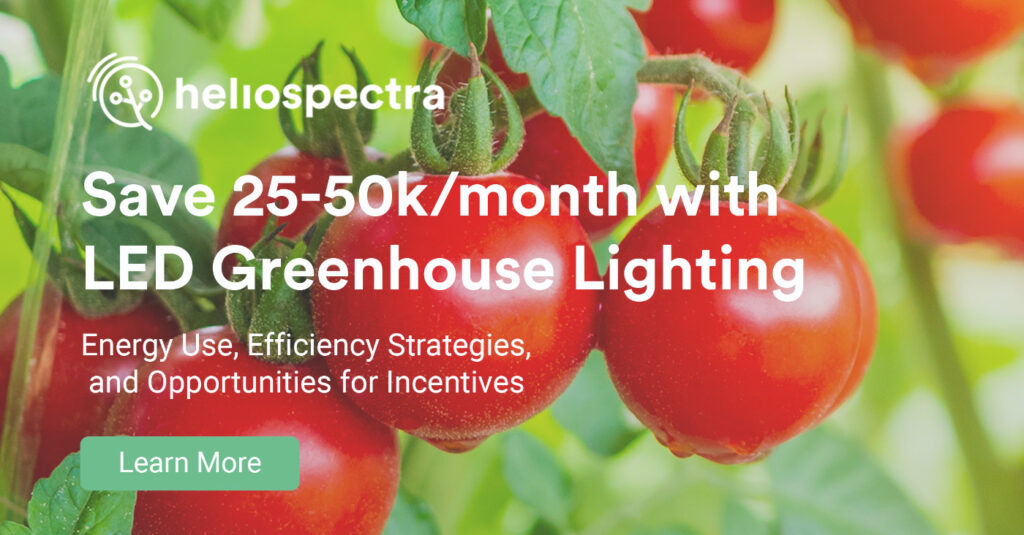
Get in touch with us!
From custom light planning, to tailored quotes, and everything in between,
our team of horticulture experts are always ready to assist.



